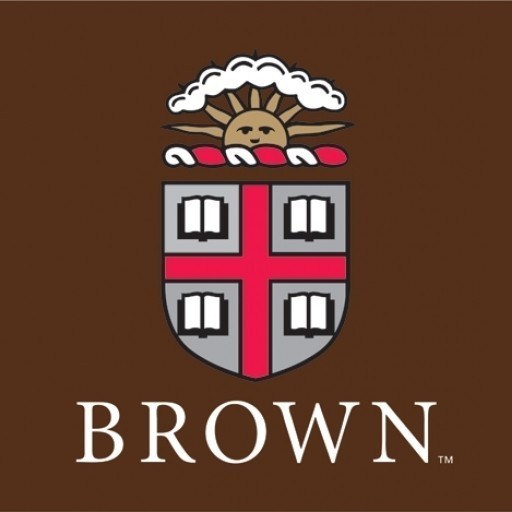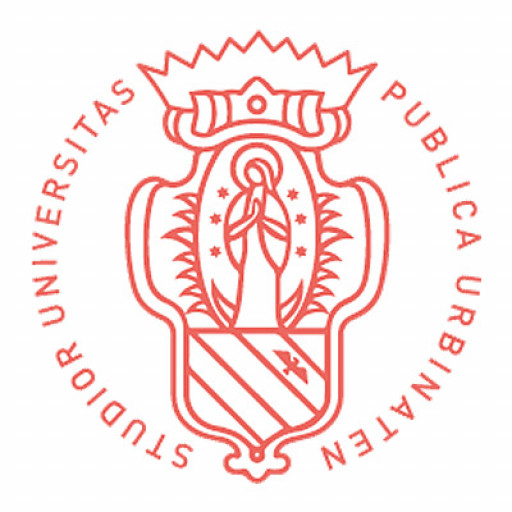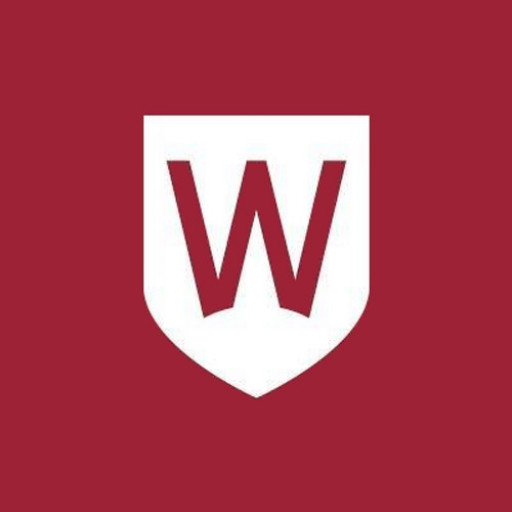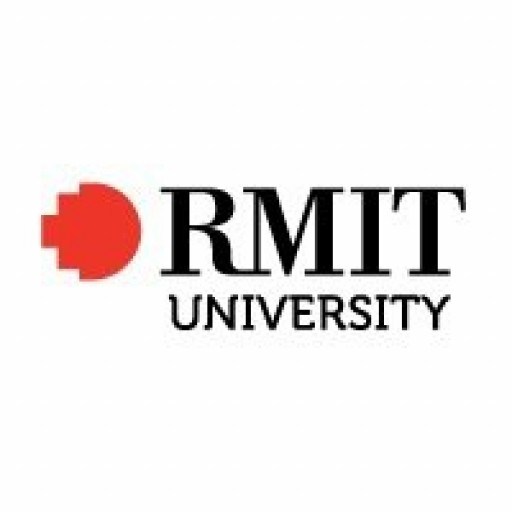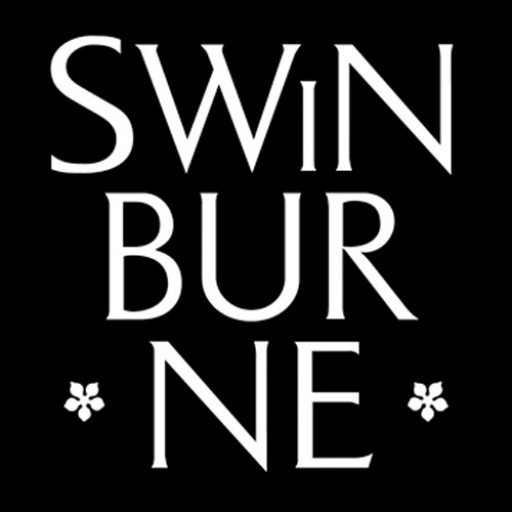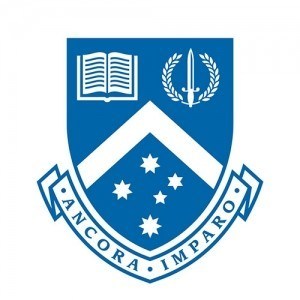Photos of university / #brownu
Computer science is now a critical tool for pursuing an ever-broadening range of topics, from outer space to the workings of the human mind. In most areas of science and in many liberal arts fields, cutting-edge work depends increasingly on computational approaches. The undergraduate program at Brown is designed to combine breadth in practical and theoretical computer science with depth in specialized areas. These areas range from traditional topics, such as analysis of algorithms, artificial intelligence, databases, distributed systems, graphics, mobile computing, networks, operating systems, programming languages, robotics and security, to novel areas including games and scientific visualization.
| Prerequisites (1 or 2 courses) | ||
| Two semesters of Calculus, for example: | ||
|
MATH 0090 |
Introductory Calculus, Part I and Introductory Calculus, Part II |
|
|
or MATH 0170 |
Advanced Placement Calculus | |
| Concentration Requirements (15 courses) | ||
| Core-Computer Science: | ||
| Select one of the following introductory course Series: | 2 | |
|
Series A |
||
|
CSCI 0150 |
Introduction to Object-Oriented Programming and Computer Science and Introduction to Algorithms and Data Structures |
|
|
Series B |
||
|
CSCI 0170 |
Computer Science: An Integrated Introduction and Computer Science: An Integrated Introduction |
|
|
Series C |
||
|
CSCI 0190 |
Accelerated Introduction to Computer Science | |
|
and an additional CS course not otherwise used to satisfy a concentration requirement; this course may be CSCI 0180, an intermediate-level course, or an advanced course |
||
| Select three of the following intermediate-level courses, one of which must be math-oriented and one systems-oriented: | 3 | |
|
CSCI 0220 |
Introduction to Discrete Structures and Probability (math) | |
|
CSCI 0320 |
Introduction to Software Engineering (systems) | |
|
CSCI 0330 |
Introduction to Computer Systems (systems) | |
|
CSCI 1010 |
Theory of Computation (math) 3 | |
|
CSCI 1450 |
Probability and Computing (math) * | |
| Additional Computer Science Courses: 1 | ||
| Select one theoretical computer science course: 2 | 1 | |
|
CSCI 1010 |
Theory of Computation 3 | |
|
CSCI 1510 |
Introduction to Cryptography and Computer Security | |
|
CSCI 1550 |
Probabilistic Methods in Computer Science | |
|
CSCI 1570 |
Design and Analysis of Algorithms | |
|
CSCI 1760 |
Multiprocessor Synchronization | |
|
CSCI 1950H |
Computational Topology | |
|
CSCI 1820 |
Algorithmic Foundations of Computational Biology | |
| Select one artificial intelligence course: 2 | 1 | |
|
CSCI 1410 |
Applied Artificial Intelligence | |
|
CSCI 1420 |
Machine Learning | |
|
CSCI 1430 |
Computer Vision | |
|
CSCI 1450 |
Probability and Computing | |
|
CSCI 1460 |
Computational Linguistics | |
|
CSCI 1480 |
Building Intelligent Robots | |
|
CSCI 1490 |
Introduction to Combinatorial Optimization | |
|
CSCI 1580 |
Information Retrieval and Web Search | |
| Select one computer science systems course: 2 | 1 | |
|
CSCI 1230 |
Introduction to Computer Graphics | |
|
CSCI 1260 |
Compilers and Program Analysis | |
|
CSCI 1270 |
Database Management Systems | |
|
CSCI 1290 |
Computational Photography | |
|
CSCI 1300 |
User Interfaces and User Experience | |
|
CSCI 1310 |
Fundamentals of Computer Systems | |
|
CSCI 1320 |
Creating Modern Web Applications | |
|
CSCI 1340 |
Innovating Game Development | |
|
CSCI 1380 |
Distributed Computer Systems | |
|
CSCI 1600 |
Real-Time and Embedded Software | |
|
CSCI 1660 |
Introduction to Computer Systems Security | |
|
CSCI 1670 |
Operating Systems | |
|
CSCI 1680 |
Computer Networks | |
|
CSCI 1730 |
Design and Implementation of Programming Languages | |
| Four additional advanced computer science courses. For example: | 4 | |
|
CSCI 1250 |
Introduction to Computer Animation | |
|
CSCI 1280 |
Intermediate 3D Computer Animation | |
|
CSCI 1370 |
Virtual Reality Design for Science | |
|
CSCI 1780 |
Parallel and Distributed Programming | |
|
CSCI 1800 |
Cybersecurity and International Relations | |
|
CSCI 1810 |
Computational Molecular Biology | |
|
CSCI 1900 |
csciStartup | |
|
CSCI 1950A |
Computational Modeling and Algorithmic Thinking | |
|
CSCI 1950B |
Computational Topology and Discrete Geometry | |
|
CSCI 1950C |
Advanced Programming for Digital Art & Literature | |
|
CSCI 1950K |
Innovating Game Development | |
|
CSCI 1950M |
Advanced Practical Combinatorial Algorithms | |
|
CSCI 1950N |
2D Game Engines | |
|
CSCI 1950Q |
Programming for the Humanities and Social Sciences | |
|
CSCI 1950R |
Compiler Practice | |
|
CSCI 1950T |
Advanced Animation Production | |
|
CSCI 1950U |
Topics in 3D Game Engine Development | |
|
CSCI 1950X |
Software Foundations | |
|
CSCI 1950Y |
Logic for Systems | |
|
CSCI 1950Z |
Computational Methods for Biology | |
|
CSCI 1951A |
Data Science | |
|
CSCI 1951B |
Virtual Citizens or Subjects? The Global Battle Over Governing Your Internet | |
|
CSCI 1951C |
Designing Humanity Centered Robots | |
|
CSCI 1951F |
Computers, Freedom and Privacy: Current Topics in Law and Policy | |
|
CSCI 1951G |
Optimization Methods in Finance | |
|
CSCI 1951H |
Software Security and Exploitation | |
|
CSCI 1951J |
Interdisciplinary Scientific Visualization | |
|
CSCI 1970 |
Individual Independent Study | |
| A capstone course 4 | 1 | |
| Math: Two semesters of Mathematics or Applied Mathematics beyond MATH 0100/0170. One of these courses must be a linear algebra course | 2 | |
|
MATH 0520 |
Linear Algebra | |
|
MATH 0540 |
Honors Linear Algebra | |
|
CSCI 0530 |
Directions: The Matrix in Computer Science | |
| Total Credits | 15 | |
| 1 |
|
| 2 |
No course may be used to satisfy more than one area requirement. |
| 3 |
CSCI 1010 may be used either as a math-oriented intermediate course or as an advanced course, but not both. It was formerly known as CSCI 0510. |
| 4 |
Capstone: a one-semester course, normally taken in the student's last undergraduate year, in which the student (or group of students) use a significant portion of their undergraduate education, broadly interpreted, in studying some current topic in depth, to produce a culminating artifact such as a paper or software project. |
Requirements for the Professional Track of the Sc.B. degree.
The requirements for the professional track include all those of the standard track, as well as the following:
Students must complete two two-to-four-month full-time professional experiences, doing work that is related to their concentration programs. Such work is normally done within an industrial organization, but may also be at a university under the supervision of a faculty member.
On completion of each professional experience, the student must write and upload to ASK a reflective essay about the experience addressing the following prompts, to be approved by the student's concentration advisor:
- Which courses were put to use in your summer's work? Which topics, in particular, were important?
- In retrospect, which courses should you have taken before embarking on your summer experience? What are the topics from these courses that would have helped you over the summer if you had been more familiar with them?
- Are there topics you should have been familiar with in preparation for your summer experience, but are not taught at Brown? What are these topics?
- What did you learn from the experience that probably could not have been picked up from course work?
- Is the sort of work you did over the summer something you would like to continue doing once you graduate? Explain.
- Would you recommend your summer experience to other Brown students? Explain.
Requirements for the Standard Track of the A.B. degree
| Prerequisites | ||
| Two semesters of Calculus, for example: | ||
|
MATH 0090 |
Introductory Calculus, Part I and Introductory Calculus, Part II |
|
|
MATH 0170 |
Advanced Placement Calculus | |
| Concentration Requirements (9 courses) | ||
| Core Computer Science: | ||
| Select one of the following series: | 2 | |
|
Series A |
||
|
CSCI 0150 |
Introduction to Object-Oriented Programming and Computer Science and Introduction to Algorithms and Data Structures |
|
|
Series B |
||
|
CSCI 0170 |
Computer Science: An Integrated Introduction and Computer Science: An Integrated Introduction |
|
|
Series C |
||
|
CSCI 0190 |
Accelerated Introduction to Computer Science | |
|
and an additional CSCI course not otherwise used to satisfy a concentration requirement; (this course may be CSCI 0180, an intermediate-level CSCI course, or a 1000 level course) |
||
| Three intermediate courses from the following, of which one must be math-oriented and one must be systems-oriented: | 3 | |
|
CSCI 0220 |
Introduction to Discrete Structures and Probability (math) | |
|
CSCI 0320 |
Introduction to Software Engineering (systems) | |
|
CSCI 0330 |
Introduction to Computer Systems (systems) | |
|
CSCI 0530 |
Directions: The Matrix in Computer Science (math) | |
|
CSCI 1010 |
Theory of Computation (math) 1 | |
|
CSCI 1450 |
Probability and Computing (math) | |
| Four additional courses in computer science or related areas are required 2 | 4 | |
| Total Credits | 9 | |
| 1 |
CSCI 1010 may be used as either a math-oriented intermediate course or as an advanced course, but not as both. It was formerly known as CSCI 0510. |
| 2 |
|
Requirements for the Professional Track of the A.B. degree.
The requirements for the professional track include all those of the standard track, as well as the following:
Students must complete two two-to-four-month full-time professional experiences, doing work that is related to their concentration programs. Such work is normally done within an industrial organization, but may also be at a university under the supervision of a faculty member.
On completion of each professional experience, the student must write and upload to ASK a reflective essay about the experience addressing the following prompts, to be approved by the student's concentration advisor:
- Which courses were put to use in your summer's work? Which topics, in particular, were important?
- In retrospect, which courses should you have taken before embarking on your summer experience? What are the topics from these courses that would have helped you over the summer if you had been more familiar with them?
- Are there topics you should have been familiar with in preparation for your summer experience, but are not taught at Brown? What are these topics?
- What did you learn from the experience that probably could not have been picked up from course work?
- Is the sort of work you did over the summer something you would like to continue doing once you graduate? Explain.
- Would you recommend your summer experience to other Brown students? Explain.
Requirements
- Test Requirements: Applicants can satisfy our testing requirement in one of two ways: (1) Either the SAT and any two SAT Subject Tests, or (2) the ACT. Applicants who take the redesigned SAT are not required to take the optional writing section. For applicants who take the ACT, we strongly encourage, but do not require, the writing component. Brown will accept test results for either the old or the new SAT.
- Official test results must be sent directly to Brown from either the College Board, which administers the SAT, or from the American College Testing Program, which administers the ACT.
- To have scores sent to Brown, you will need to provide our institutional code numbers:
- For the SAT, Brown's code number is 3094
- For the ACT, Brown's code number is 3800
- You are welcome to take advantage of the College Board's Score Choice option, but this may delay your scores being received by Brown---a delay may mean we will not read your application until we receive a full set of official test scores.
- Please note: we encourage students to have at least one set of scores in our office by the appropriate application deadline.
- An official transcript of your complete high school academic record must be sent to the Office of College Admission directly from each secondary school you have attended.
- We will accept transcripts submitted by your school(s) through online services, such as Docufide, Naviance, and the Common Application. If you are unable to submit through one of these online services arrange to have your materials sent directly to Brown University, Office of College Admission, Box 1876, Providence, RI 02912 or fax to 401.863.9300.
- Your midyear school report including final grades for fall courses and a list of your spring courses can be submitted online through the Common Application.
- Through the Common Application applicants can request school forms and recommendations via email from their guidance counselor and from two teachers who have taught them in major academic subjects (science, social studies, mathematics, foreign language, English).
- If you are considering a Bachelor of Science degree or the Program in Liberal Medical Education, at least one of your recommendations should come from a math or science teacher. In addition, we highly recommend that applicants to the PLME program submit results for at least one science SAT Subject Test.
- Please note: secondary school personnel do not need to wait until you have submitted your application before making their contributions. The online system will lead you through the process of supplying the name and email address of your counselor and teachers so that a user account can be created for them. They will then be able to submit forms on your behalf either electronically or via regular mail.
- Please note: applicants are neither required nor expected to provide additional materials, but the opportunity to do so is available to any candidate. Applicants are not expected to provide additional materials as part of the admission process.
- We prefer that you upload supplementary materials to your file after you receive your Brown account username.
- We recommend that you do not send a collection of award certificates or similar materials.
- If you are accomplished in music or visual art, you may include additional supplements along with your application in the Common Application, through SlideRoom. You do not need to wait for your Brown account username to upload music or visual art materials to SlideRoom.
- Please note: SlideRoom only accepts one submission, if submitting two you will need to sign up with a second email account.
- Auditions and portfolio reviews are neither required nor reviewed for students interested in Theatre Arts & Performance Studies.
- If you have a YouTube video we recommend uploading the link via our self-service site once you receive your Brown account username.
